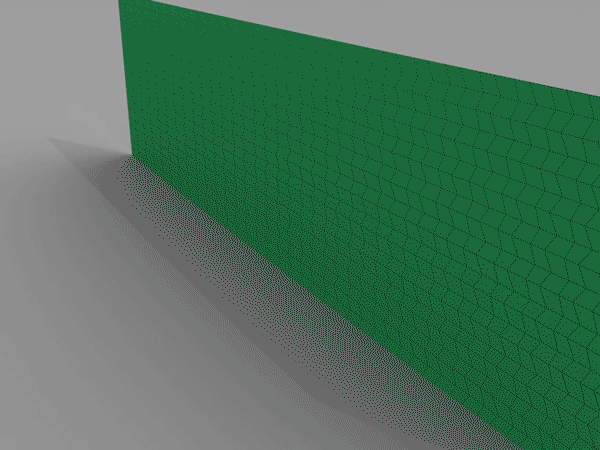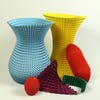Origami-Like Shape Could Help With Interior Design, Future Surgeries
It's all in the fold


Miura-ori folds
A simple origami fold could change not only how we pack away furniture, but also how we perform surgeries and use robotics, according to a new Nature Materials study. The Miura-ori fold, which creates a pattern of mountains and valleys on a flat sheet of paper can easily be folded and unfolded, making it perfect for applications where an object needs to be flat until used, like a folding table, or even a heart stent.
“The collapsibility, transportability, and deployability of Miura-ori folded objects makes it a potentially attractive design for everything from space-bound payloads to small-space living to laparoscopic surgery and soft robotics,” said Levi Dudte, one of the authors of the paper.
Dudte and his Harvard colleagues are far from the first people to come up with the idea of using a Miura-ori fold in a scientific context, but they did manage to create an algorithm that lets them input a desired shape, and have the computer calculate a folding pattern that can be laid out on a flat material, essentially creating a blueprint for complicated shapes like vases.
“The really exciting thing about this fold is it is completely scalable,” said lead author L. Mahadevan. “You can do this with graphene, which is one atom thick, or you can do it on the architectural scale.”
Previous research involving Miura-ori folds has focused on programable materials that could one day alter their stiffness on command, solar panels that can expand in space, and, on a much smaller scale, folding maps conveniently.
Origami-like folds are also inspiring all sorts of other inventions, from robots to retinas and everything in between. As it turns out, origami is just as valuable to science as it is to art.